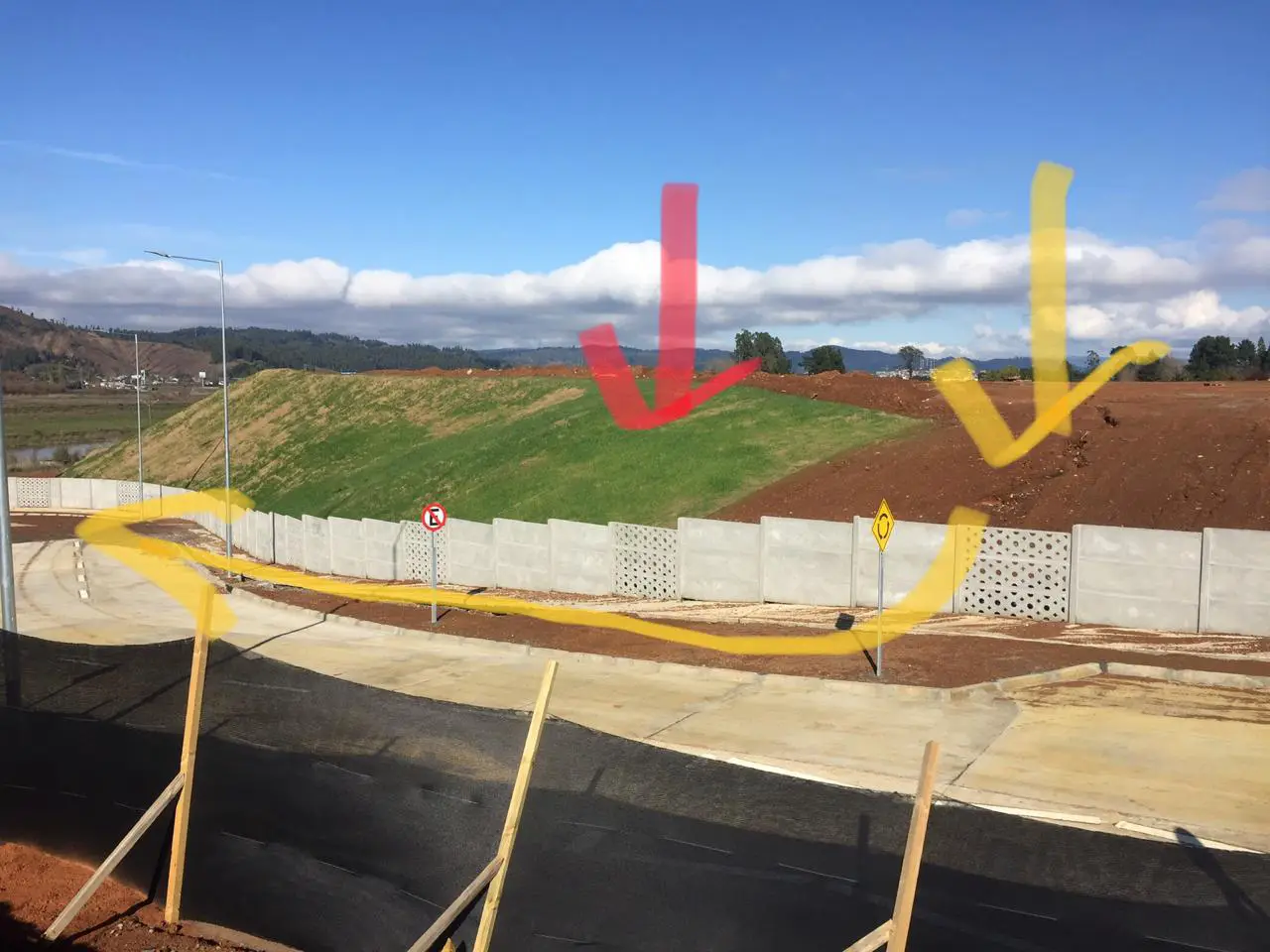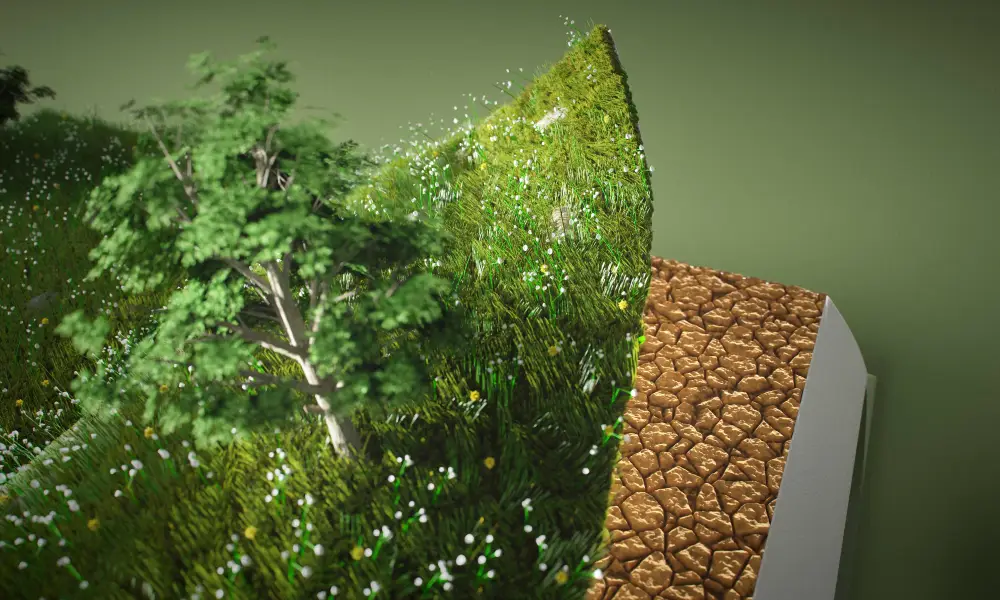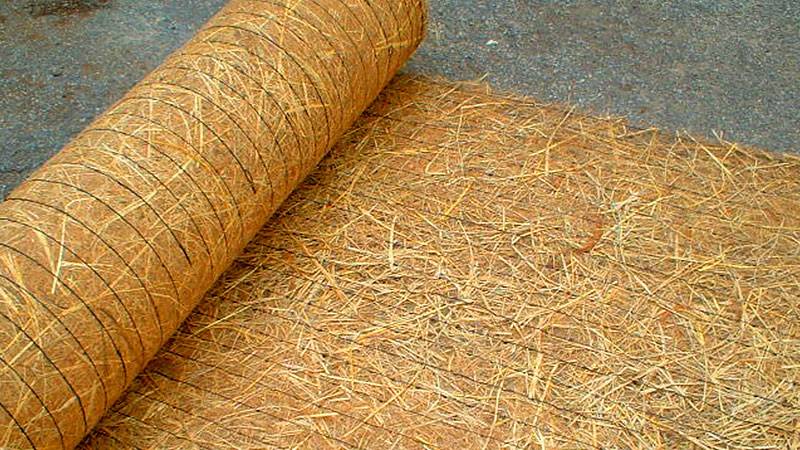Biodegradable Erosion Control Blankets: A Step Towards Zero Waste
This blog delves into the concept of biodegradable erosion control blankets, their benefits, applications, and how they contribute to a zero-waste future.
Understanding Biodegradable Erosion Control Blankets
Their primary purpose is to stabilise soil on slopes, riverbanks, and other vulnerable areas, preventing erosion caused by wind, water, or human activity. As they biodegrade, these blankets foster vegetation growth by providing a protective layer for seeds and retaining moisture.
The Role of Erosion Control in Sustainable Development
Biodegradable erosion control blankets address this challenge by:
- Reducing Environmental Footprint: Made from natural fibres, these blankets decompose completely, leaving no trace of waste.
- Enhancing Soil Quality: As they break down, they add organic matter to the soil, improving its fertility and structure.
- Supporting Vegetation: By protecting seeds and maintaining moisture levels, they promote the growth of native plants, enhancing the ecosystem.

Benefits of Biodegradable Erosion Control Blankets
- Eco-Friendliness: These blankets are composed of renewable materials, aligning with global efforts to reduce reliance on synthetic products.
- Zero Waste Contribution: Once their purpose is served, biodegradable blankets decompose naturally, ensuring a waste-free process.
- Cost-Effectiveness: While the initial investment may seem higher, the long-term benefits of soil enrichment and reduced maintenance costs make them an economical choice.
- Versatility: Biodegradable erosion control blankets are suitable for various applications, including agriculture, construction, landscaping, and restoration projects.
- Aesthetic Appeal: Natural fibre blankets blend seamlessly into the environment, unlike synthetic materials that often disrupt the visual harmony of landscapes.
- Eco-Friendliness: These blankets are composed of renewable materials, aligning with global efforts to reduce reliance on synthetic products.
Applications of Biodegradable Erosion Control Blankets
- Slope Stabilisation: They are ideal for stabilising slopes in hilly terrains, preventing landslides, and reducing soil loss during heavy rains.
- Riverbank Protection: By preventing soil erosion along riverbanks, these blankets protect aquatic ecosystems and water quality.
- Agricultural Land Rehabilitation: They help restore degraded farmlands by preventing topsoil loss and encouraging vegetation growth.
- Roadside and Highway Projects: These blankets are used in construction projects to stabilise soil and control dust pollution.
- Landscaping and Gardening: From private gardens to public parks, biodegradable blankets are a popular choice for erosion control in landscaping.
- Mining Rehabilitation: Mining activities often leave barren lands prone to erosion. Biodegradable blankets aid in restoring vegetation in such areas.
- Slope Stabilisation: They are ideal for stabilising slopes in hilly terrains, preventing landslides, and reducing soil loss during heavy rains.
A Step Towards Zero Waste
- Waste Reduction: Since these blankets decompose completely, they eliminate the need for disposal, significantly reducing landfill waste.
- Sustainable Resource Use: By utilising natural fibres like coir and jute, these products promote the use of renewable resources.
- Organic Recycling: The decomposition of these blankets enriches the soil, contributing to the natural recycling of nutrients.
- Carbon Footprint Reduction: The production and decomposition of natural fibre blankets involve lower carbon emissions compared to synthetic alternatives.


Advancements in Biodegradable Erosion Control Technology
- Enhanced Durability: Modern blankets are engineered to last longer, offering extended protection while still being biodegradable.
- Custom Designs: Manufacturers now offer tailored solutions to meet specific project requirements, such as varying thicknesses, mesh sizes, and material compositions.
- Integration with Seeds: Some blankets come pre-seeded, simplifying the process of vegetation establishment.
- Improved Manufacturing Processes: Advancements in manufacturing have reduced waste and energy consumption, making these products even more eco-friendly.
Advancements in Biodegradable Erosion Control Technology
- Enhanced Durability: Modern blankets are engineered to last longer, offering extended protection while still being biodegradable.
- Custom Designs: Manufacturers now offer tailored solutions to meet specific project requirements, such as varying thicknesses, mesh sizes, and material compositions.
- Integration with Seeds: Some blankets come pre-seeded, simplifying the process of vegetation establishment.
- Improved Manufacturing Processes: Advancements in manufacturing have reduced waste and energy consumption, making these products even more eco-friendly.

Biodegradable Blankets vs. Synthetic Alternatives
- Environmental Impact: Synthetic blankets often end up in landfills or waterways, contributing to pollution. Biodegradable blankets break down harmlessly.
- Cost Over Time: Synthetic blankets may require expensive disposal and replacement, while biodegradable options enrich the soil and eliminate disposal costs.
- Adaptability to Natural Systems: Biodegradable blankets integrate seamlessly with natural ecosystems, unlike synthetic materials that can disrupt plant and animal life.

Challenges and Opportunities
- Cost Perception: The initial cost of biodegradable blankets can be higher than synthetic alternatives, deterring some buyers.
- Limited Awareness: Many industries and communities remain unaware of the advantages of biodegradable options.
- Durability Concerns: In harsh environments, some biodegradable blankets may degrade too quickly, necessitating advancements in material engineering.
Despite these challenges, the growing demand for sustainable solutions presents immense opportunities. Governments and organisations can play a crucial role by promoting the use of biodegradable products through subsidies, awareness campaigns, and regulatory incentives.
Bonterra Limited: Leading the Charge
Through innovative manufacturing processes and strategic market expansions, Bonterra has positioned itself as a key player in the global push for zero waste. Its focus on exporting biodegradable erosion control blankets to regions like South America, the USA, and Australia underscores the growing international demand for sustainable solutions.
A Greener Future with Biodegradable Solutions
By choosing biodegradable erosion control blankets, we take a tangible step towards preserving our planet for future generations. The journey to a greener, more sustainable world begins with small, impactful choices—like selecting products that align with nature’s cycles and contribute to a zero-waste future.
Let’s work together to ensure that erosion control doesn’t come at the expense of our planet.
 ES
ES PT
PT DE
DE